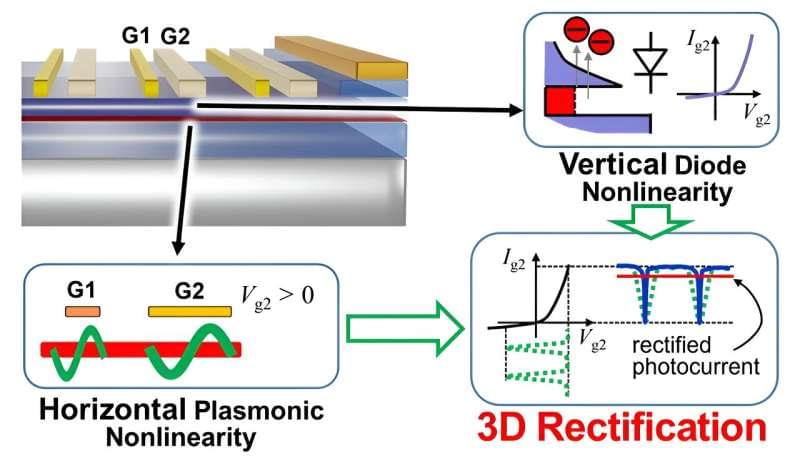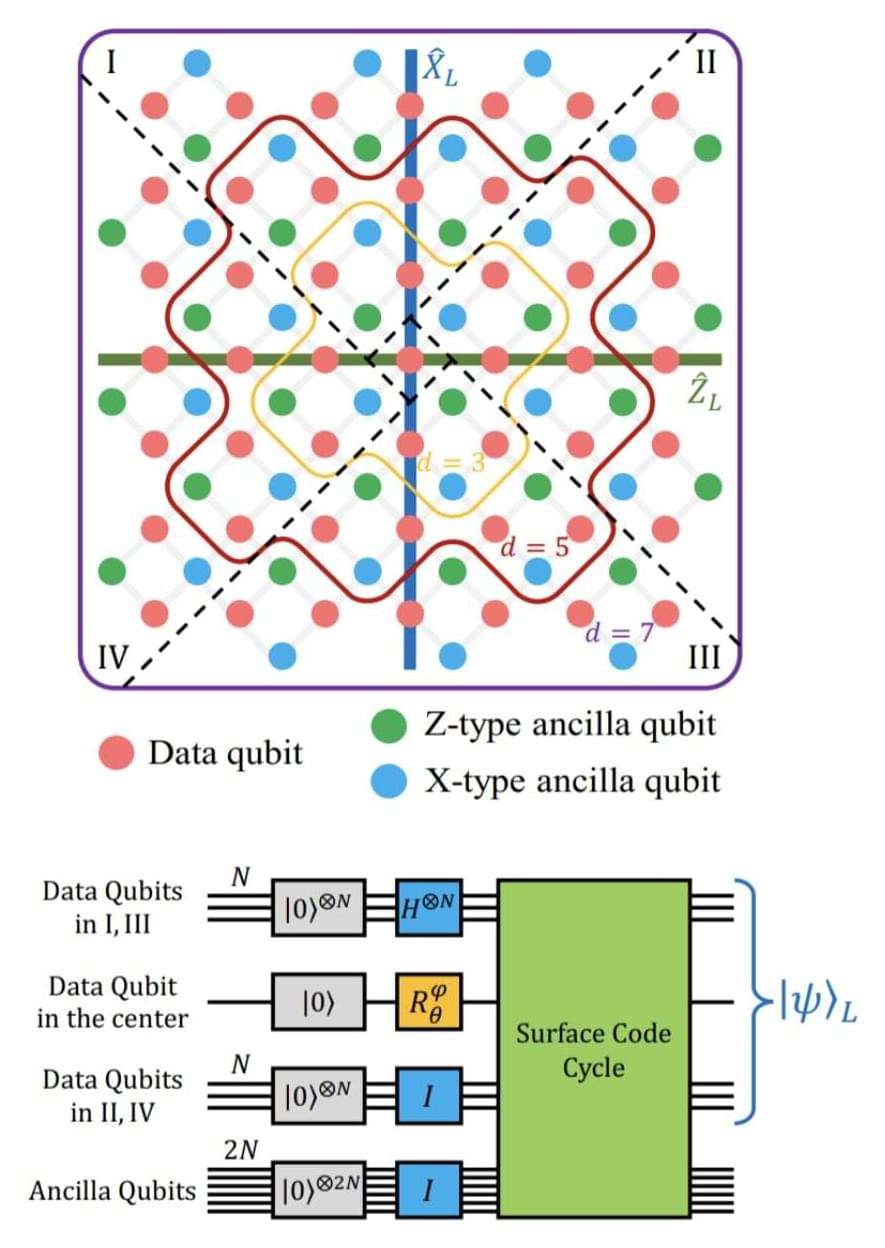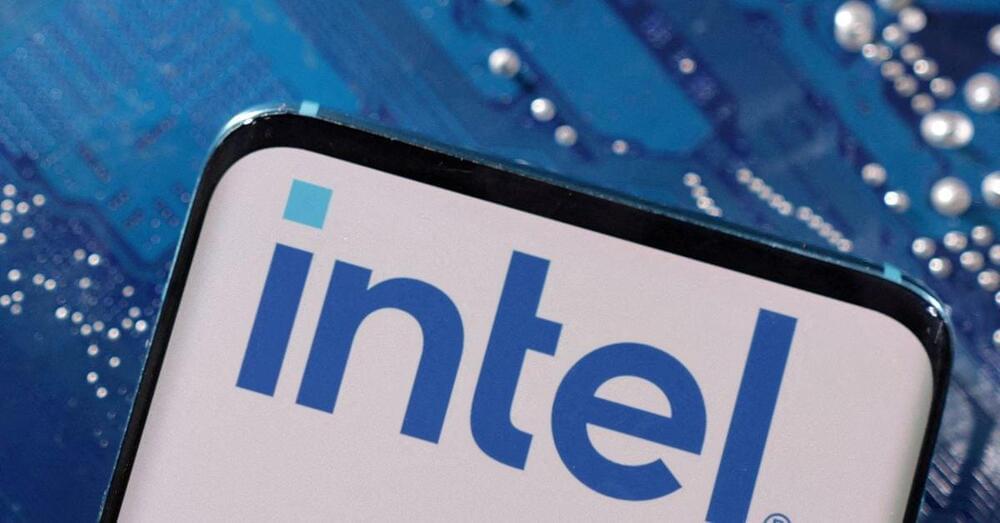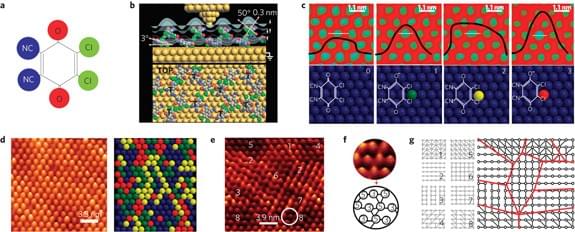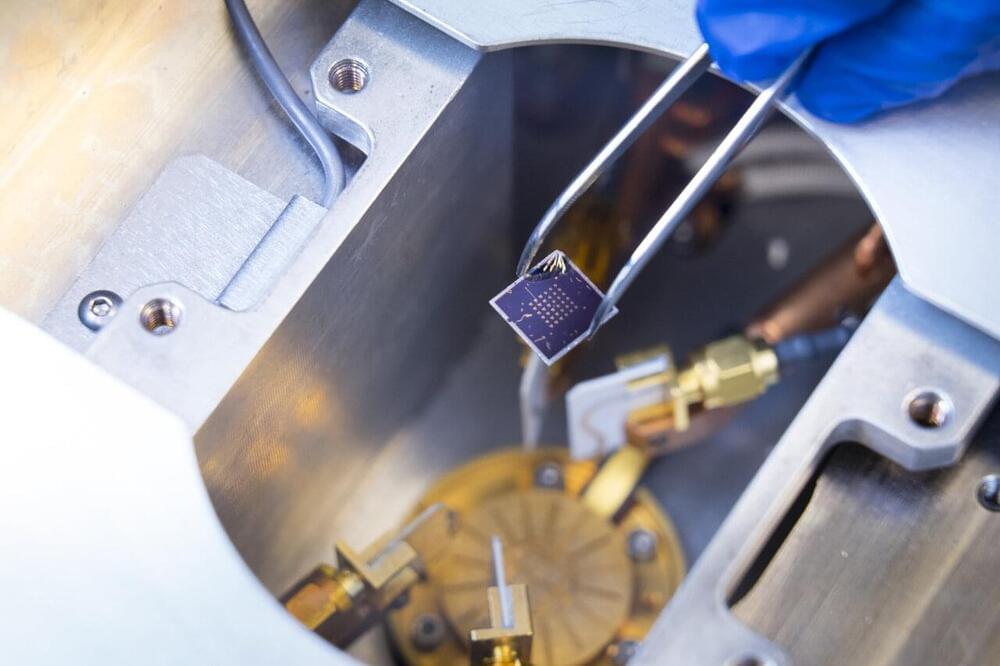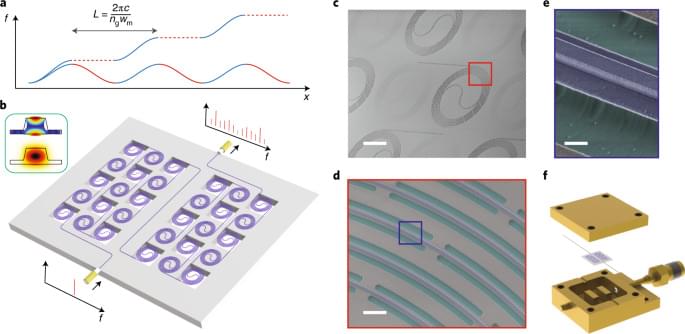Physicist Federico Faggin is none other than the inventor of both the microprocessor and silicon gate technology, which spawned the explosive progress in computer technology we have witnessed over the past five decades. He is also probably the world’s most well rounded idealist alive. Mr. Faggin approaches idealism from both a deeply technical and a deeply personal, experiential perspective. In this interview, Essentia Foundation’s Natalia Vorontsova engages in an open, free-ranging but very accessible conversation with Mr. Faggin.
Copyright © 2022 by Essentia Foundation. All rights reserved.
https://www.essentiafoundation.org.
Thumbnail inspiration image: Vecteezy.com

